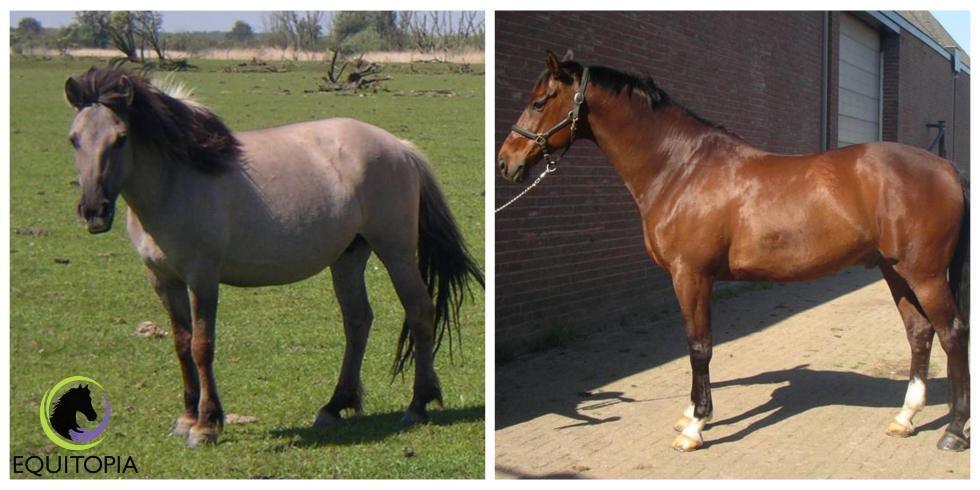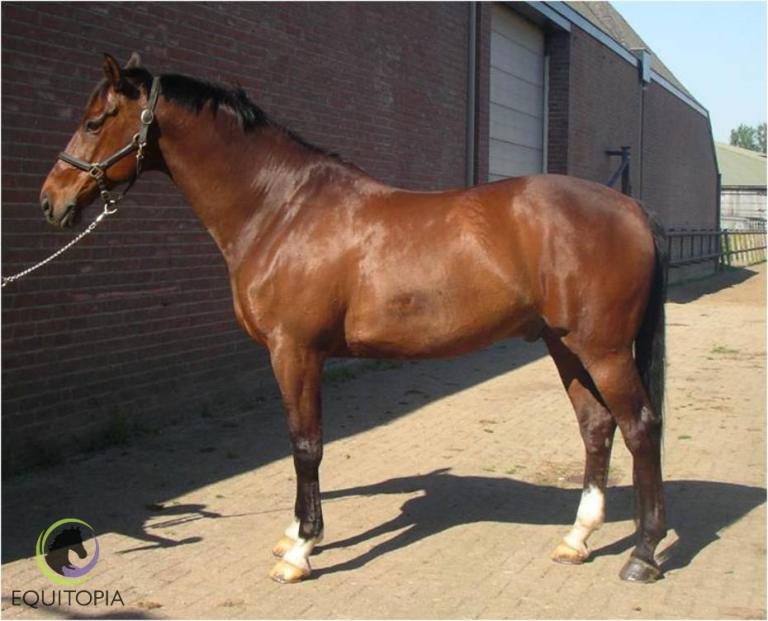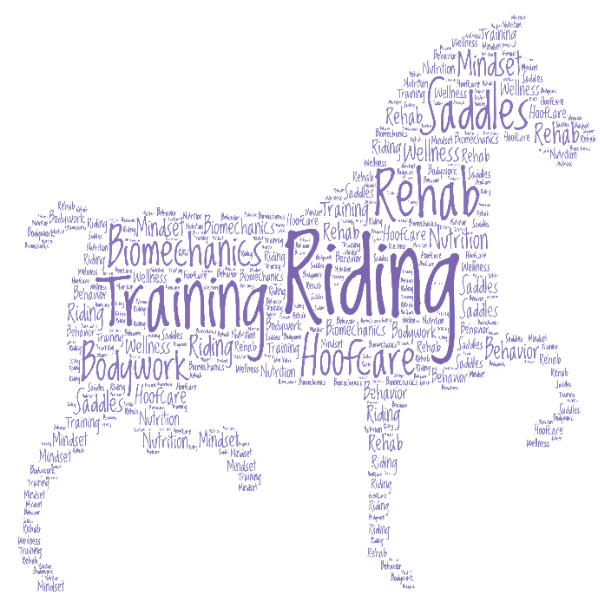THE PRICE WE PAY FOR SPECTACULAR HORSES BY DR KARIN LEIBBRANDT
In the past 20-30 years our beloved horse has developed into a tall, elegant, long legged, supple, long lined, spectacular moving machine. This has been possible by strategic breeding, selecting horses that exhibited the characteristics mentioned above. Our horses have turned into elastic athletes who are capable of doing spectacular half passes and extended trot. But what does this actually mean for the horse?
These spectacular movements are only possible because we increased the mobility of all the joints in the body. And this increased mobility turned into hypermobility. Hypermobility is caused by a genetic defect in collagen – a protein which is very important since it is the foundation of all the connective tissue in the body and is also found in the bones. Hypermobility results in the possibility of spectacular movements, but there is a downside to this.

THE DOWNSIDE OF HYPERMOBILITY
All the joints in the body of the horse are hypermobile, which means the back joints are hypermobile as well. This means that it is more difficult for the horse to stabilize the joints and the entire spine. When we compare the two pictures above, we can see an example of an original horse on the left and an example of today’s sport horse on the right. The topline and especially the back is completely different. The Konik horse has a straight and strong back. The modern sport horse has an unstable back that is already sinking without a rider.
What we can also see on the pictures is the difference in the length of the legs. The legs of a modern sport horse are 1.5 times longer. But the diameter of the tendons is the same. This means that the tendons of today’s sport horse are relatively thinner and the collagen is not as strong. This causes problems especially with the suspensory ligaments. Many of these horses end up with tendon injuries or suspensory injuries that keep on recurring. And eventually the suspensory ligament can no longer carry the fetlock joint. These horses start to sink, their fetlock joints ending up touching the ground (picture below). In general this happens around the age of 17-18, but the youngest horse I encountered was 8 years old.
The entire body is connected by connective tissue called fascia (picture below). These fascia is also hypermobile. Fascia is a very important, but often overlooked tissue. It is responsible for:
-
- Holding a (healthy) posture
-
- Transferring forces from muscle to bones
-
- Bouncing back upwards after landing
-
- Keeping organs in place and making it possible for organs to make movements which are important for digestion and blood flow
-
- Transporting fluid other than blood through the body
-
- Healing of injuries and wounds
-
- Support of the immune system
-
- Proprioception and the correct functioning of the entire nervous system
- Many more important processes in the body of the horse

PROPIOCEPTION AND THE NERVOUS SYSTEM
I’d like to say a little bit more about proprioception and the nervous system. Proprioception is a part of the nervous system that defines the position of the body in space. The fascia is filled with nerve endings. These nerve endings transport information from the central nervous system towards the muscles and the other way around. This way a horse can control his movements and knows where to place his feet and correct his movement if e.g. the surface is irregular and he makes a wrong step.
Collagen is also part of the nervous tissue so if the fascia with the nerve endings is hypermobile and the tissues of the nervous system are more stretchable, this means that the transportation of information is effected in a negative way! I see a lot of (young) horses who have neurological disorders due to hypermobility. Sometimes they even get high marks for their movements because they lift their hind legs so well, but this is not a natural movement anymore – this is what we call in veterinary terms hypermetrical. Too much lifting of the (hind) legs in a spastic manner. These horses are slow in their postural corrections which causes them to slip and fall more than a healthy horse. Sometimes these horse are diagnosed with ataxia, but since they can move so spectacular they still have to perform.
The collagen is also part of the central nervous system including the brain. The elastic collagen causes the nervous system to be unstable. In humans it has been proven that people with hypermobility have a higher risk to develop mental disorders like anxiety syndrome. Everyone probably recognizes the spectacular horses who are partly this spectacular because they have a lot of “energy” or actual anxiety. This makes them go on and on and on, stressing themselves out, they can’t handle their situation any other way and riders use this to receive high scores, since judges also love spectacular.
THE PRICE WE PAY FOR SPECTACULAR!
So what do we want? Do we want spectacular? Even if we know that these horse are uncomfortable? Humans with severe hypermobility suffer pain every day. At the end of the day their muscles are so tight because of all the compensating they have to do. Sometimes they can improve by certain exercises and training, but in some cases, this makes the pain worse. In the past years I have been encountering a few hypermobile horses every year who respond to training in a negative way. They simply cannot deal with the training load especially not under the saddle. They have problems enough keeping their own body stable. They cannot handle the weight of the rider. This is a problem. We need to talk about it and we need to make better decisions as owners, riders and breeders.






